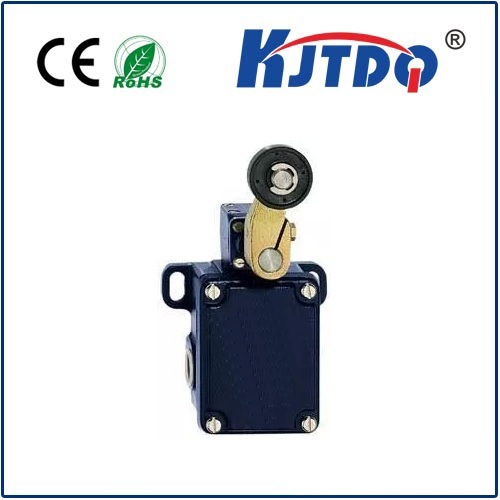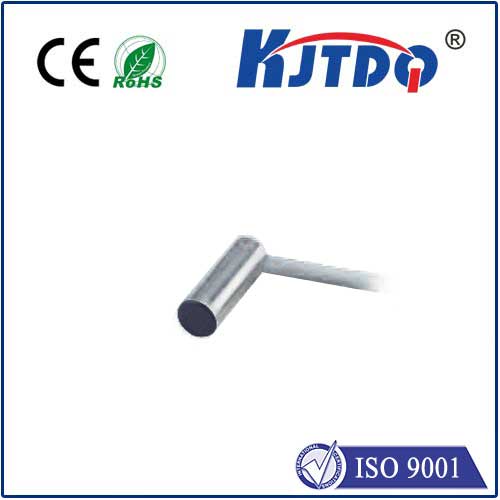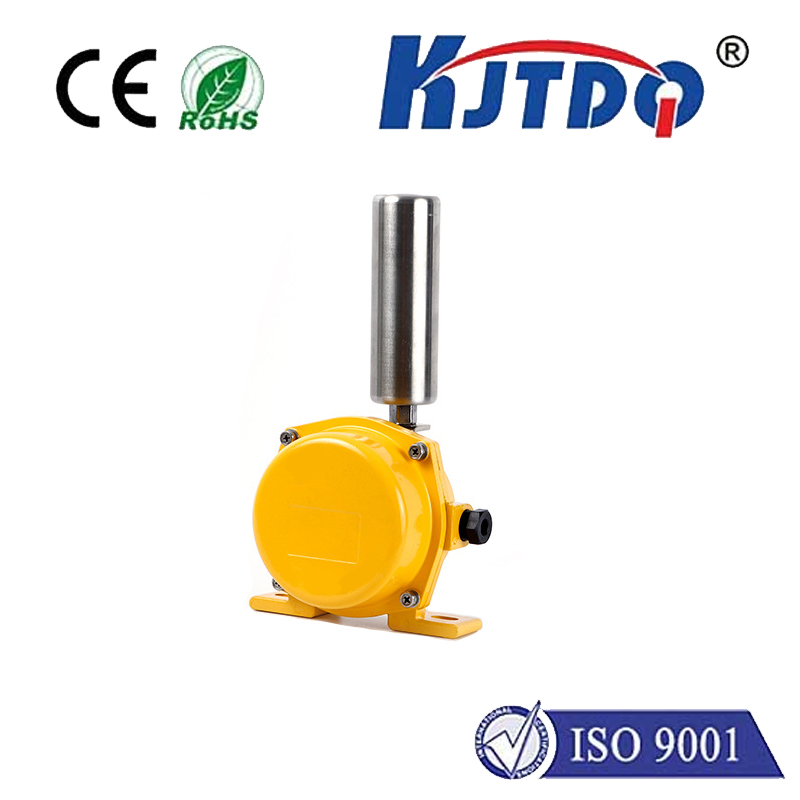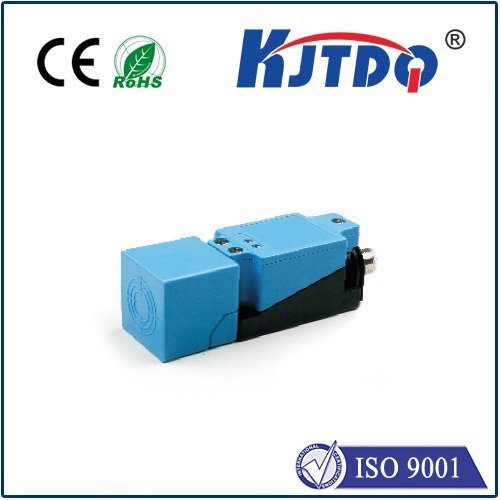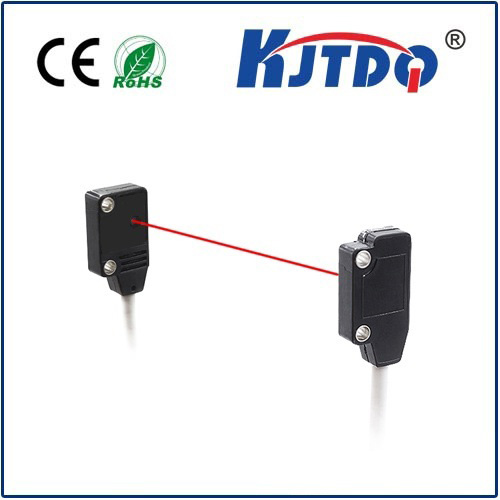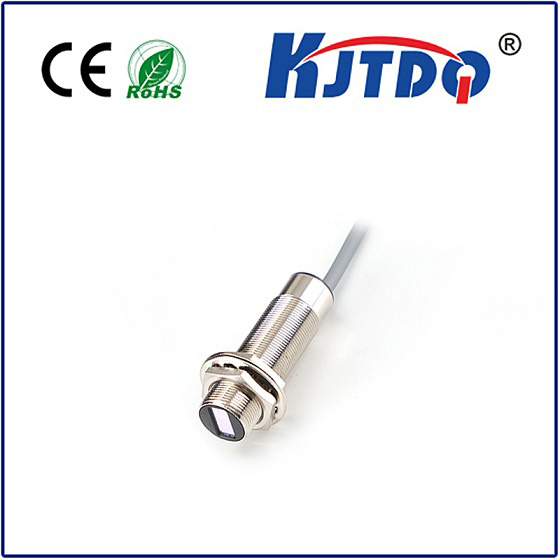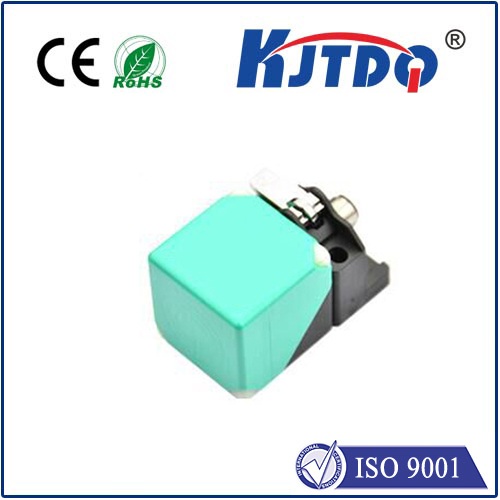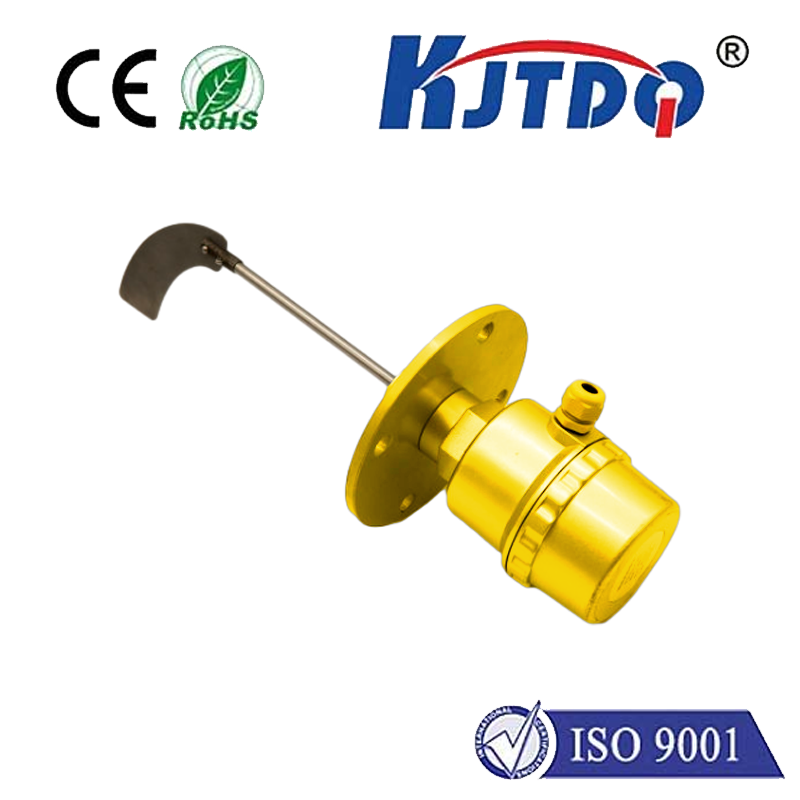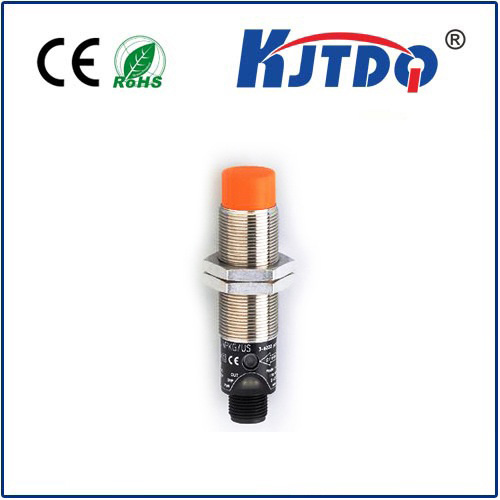
check

check

check

check
Understanding the Limit Switch Relay: A Comprehensive Guide
The limit switch relay is an essential component in various industrial and manufacturing applications. It serves as a control mechanism that monitors the position or movement of a particular device or system. In this article, we will delve into the fundamentals of limit switches and their importance in modern technology.
What is a Limit Switch Relay?
A limit switch relay is a type of electromechanical device that detects the presence or absence of an object, liquid level, or mechanical motion. It consists of a switch actuated by external force, such as a lever, roller, or plunger. When the switch is activated, it sends a signal to another electrical device, like a motor or alarm system, to initiate or cease its operation.
Applications of Limit Switch Relays
Limit switch relays have numerous applications across different industries. They are commonly used in machinery controls, conveyor systems, packaging equipment, cranes, elevators, and robotics. For example, in a conveyor belt system, a limit switch may be installed at the end of the belt to stop the motor once the product reaches the desired location. Similarly, in robotic arms, limit switches can be employed to ensure the arm does not exceed specific boundaries during operation.
Components of a Limit Switch Relay
A typical limit switch relay comprises several components, including a housing, actuator, contacts, and terminals. The housing encloses the internal components and protects them from environmental factors like dust and moisture. The actuator is the part of the switch that physically interacts with the object or system being monitored. The contacts complete or break the circuit when the actuator is engaged or disengaged. Finally, the terminals allow for the connection of wires to transmit signals between the switch and other devices.
Choosing the Right Limit Switch Relay
Selecting an appropriate limit switch relay depends on several factors, such as the application requirements, operating environment, and power source. Different types of limit switches are available, including rotary, sliding lever, and mercury tilt switches. Each type has its unique characteristics and advantages suited for specific scenarios. Additionally, consider the voltage rating and current capacity of the switch to ensure compatibility with your system's electrical specifications.
Installation and Maintenance of Limit Switch Relays
Proper installation and maintenance of limit switch relays are crucial for their reliable performance. Follow manufacturer guidelines for mounting and wiring the switch. Regular inspection and cleaning of the switch components can prevent issues like contact corrosion and debris buildup. If any problems arise, refer to troubleshooting guides provided by the manufacturer or consult professionals for assistance.
Conclusion
In conclusion, limit switch relays play a vital role in controlling various industrial processes and ensuring safe operation. By understanding their function, applications, components, selection criteria, installation requirements, and maintenance practices, you can effectively integrate these devices into your systems to enhance efficiency and safety. As technology continues to evolve, limit switch relays remain a staple in modern automation and control systems.
